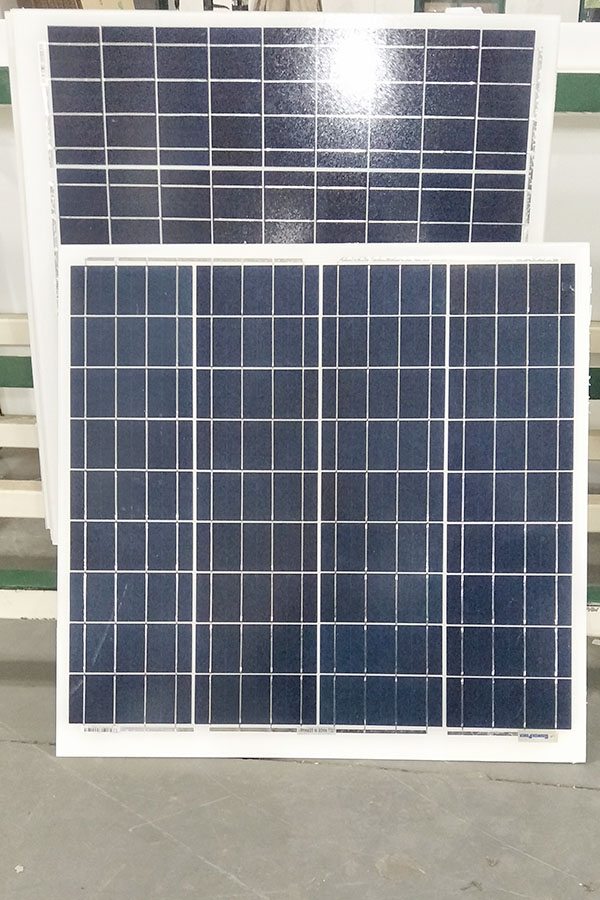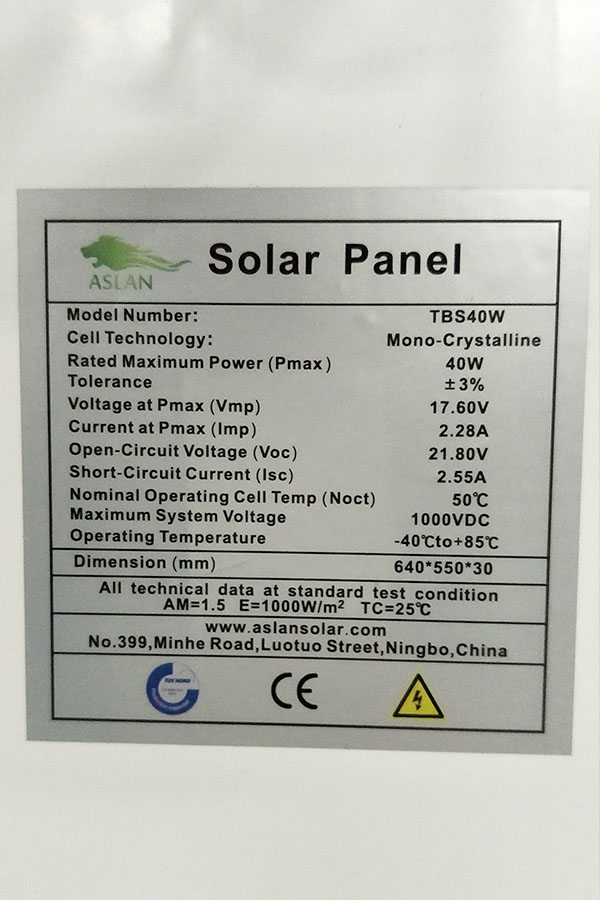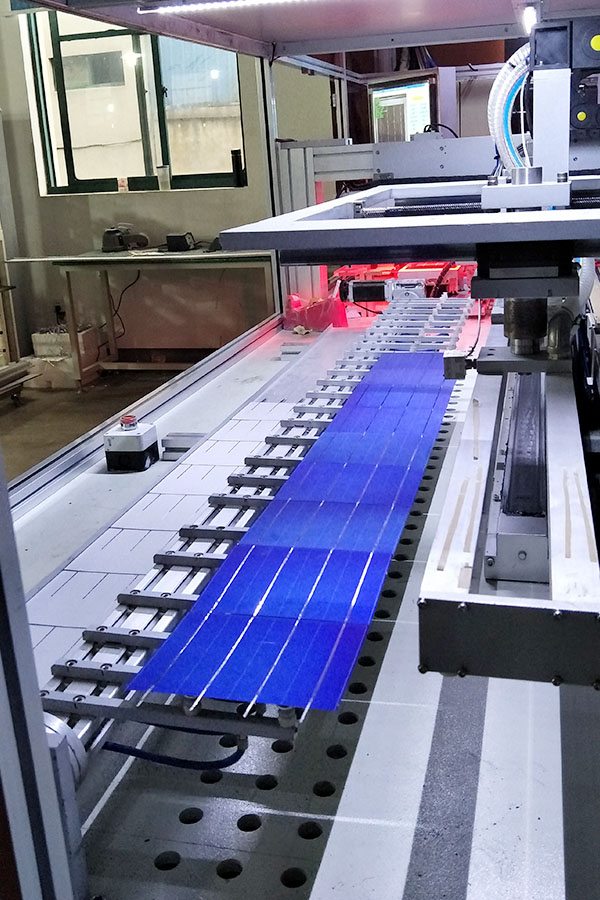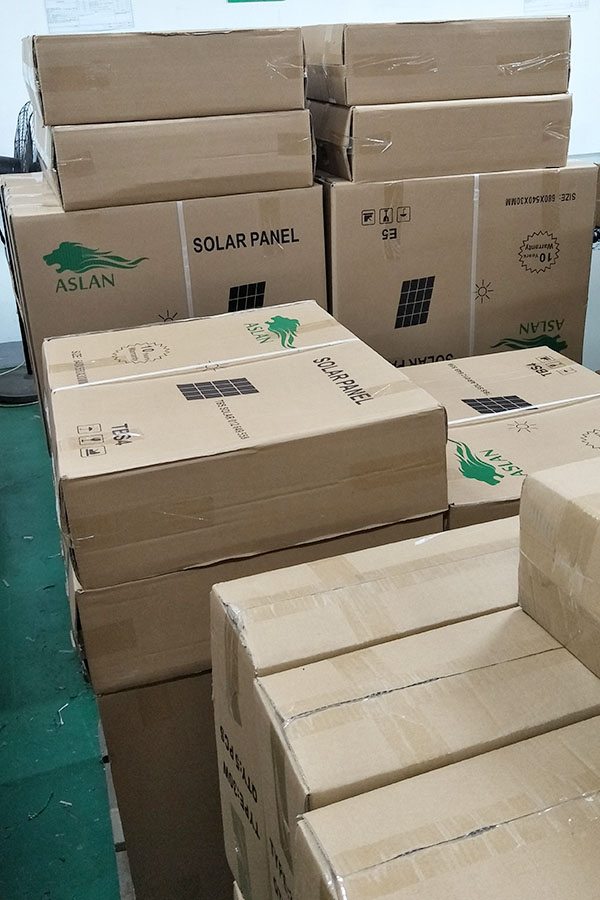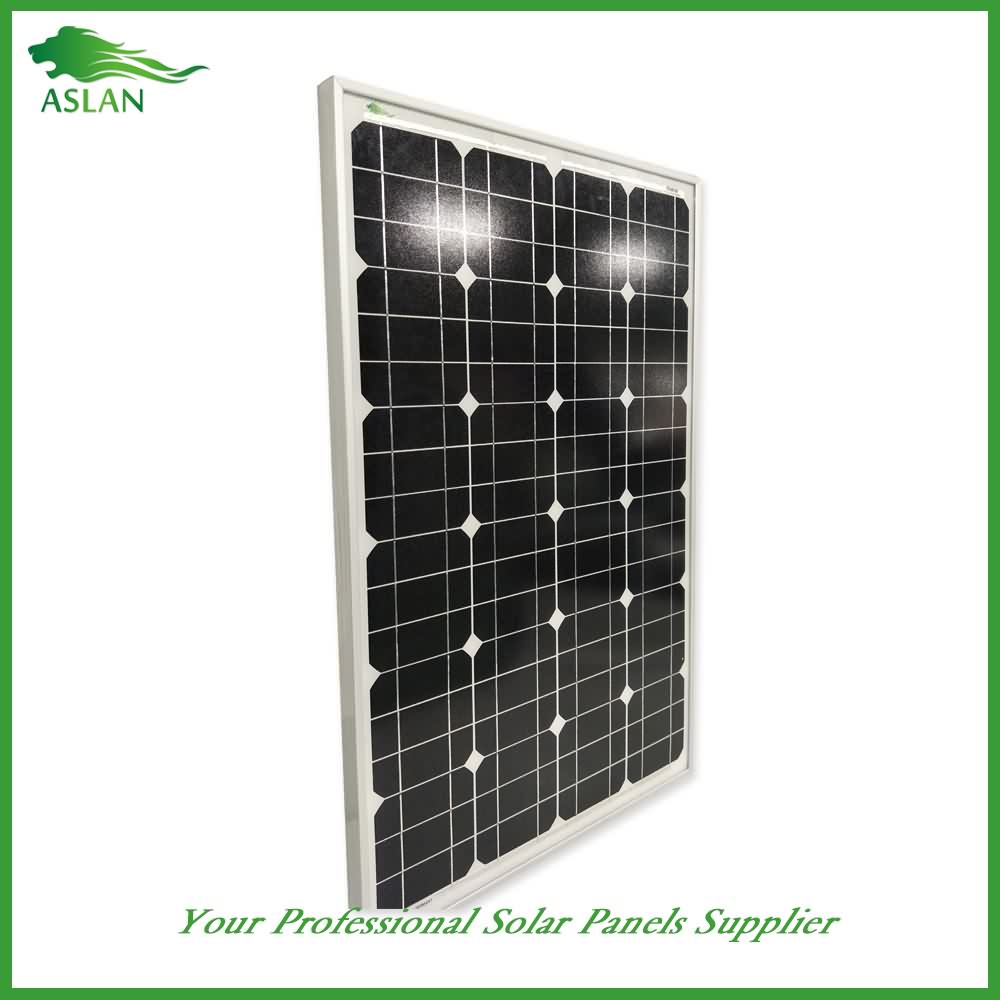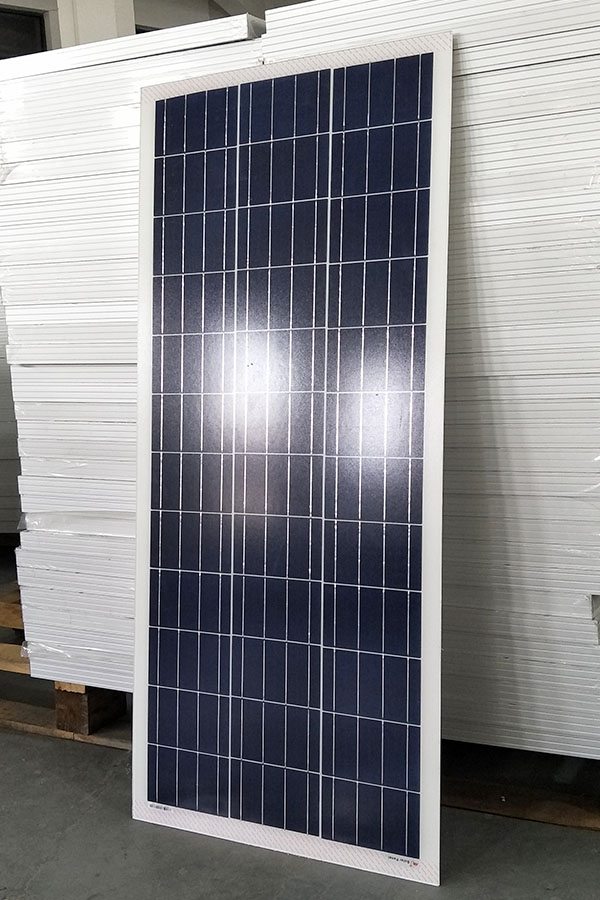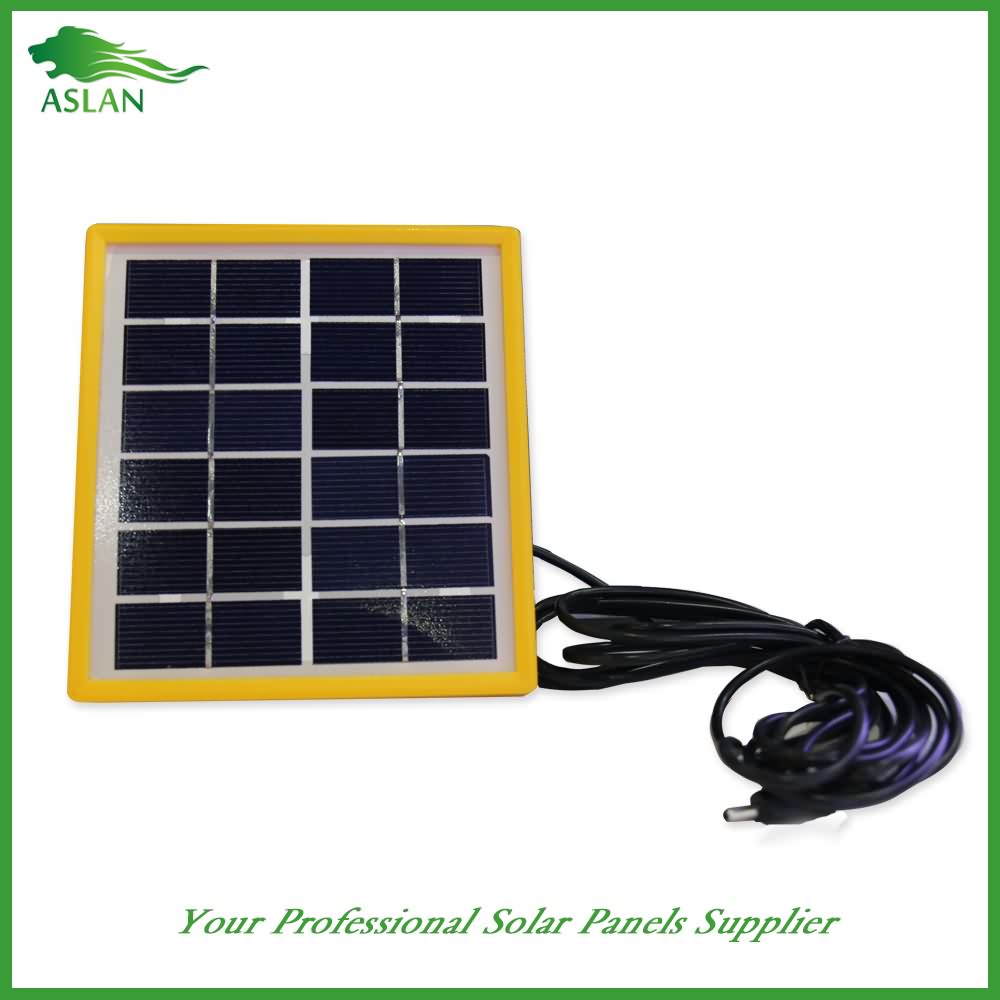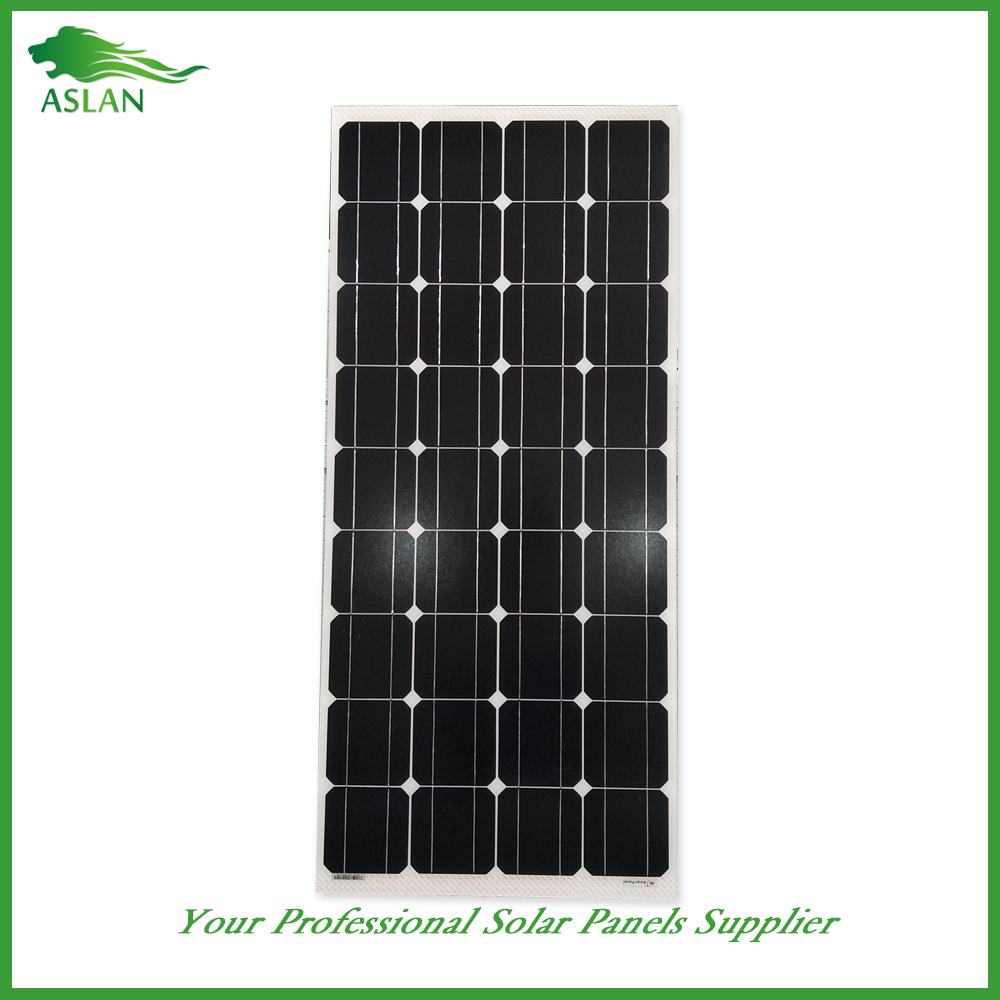OEM manufacturer custom Poly-crystalline Solar Panel 50W in Mongolia
Short Description:
We take "customer-friendly, quality-oriented, integrative, innovative" as objectives. "Truth and honesty" is our management ideal for OEM manufacturer custom Poly-crystalline Solar Panel 50W in Mongolia, We sincerely welcome all guests to set up business relationships with us on the basis of mutual benefits. Please contact us now. You will get our professional reply within 8 hours.
Poly-crystalline Solar Panel 50W
Technical parameter
Maximum Power(W) 50W
Optimum Power Voltage(Vmp) 18.43V
Optimum Operating Current(Imp) 2.71A
Open Circuit Voltage(Voc) 22.48V
Short Circuit Current(Isc) 2.98A
Mechanical Characteristics
Cell Type Poly-crystalline 156 x 52mm
No of Cell 36 (4x9pcs)
Dimensions 678x542x25mm
Weight 4.2Kg
Front Glass 3.5mm,High Transmission, Low Iron,Tempered Glass
Junction box IP65 Rated
Output Cable TUV 1×4.0mm2/UL12AWG,Length:900mm
Temperature and Coefficients
Operating Temperature(°C): -40°C ~ + 85°C
Maximum System Voltage: 600V(UL)/1000V(IEC) DC
Maximum Rated Current Series: 15A
Temperature Coefficients of Pmax: -0.47%
Temperature Coefficients of Voc: -0.389%
Temperature Coefficients of Isc: 0.057%
Nominal Operationg Cell Temperature (NOCT): 47+/-2°C
Materials of solar panel
1).Solar Cell——Poly-crystalline solar cell 156*52mm
2).Front Glass——-3.2mm, high transmission, low iron, tempered glass
3).EVA——-excellent anti-aging EVA
4).TPT——-TPT hot seal made of flame resistance
5).Frame——anodized aluminum profile
6).Junction Box——-IP65 rated, high quality, with diode protection
Superiority: high quality anodized aluminum frame, high efficiency long life, easy installation, strong wind resistance, strong hail resistance.
Features
1. High cell efficiency with quality silicon materials for long term output stability
2. Strictly quality control ensure the stability and reliability, totally 23 QC procedures
3. High transmittance low iron tempered glass with enhanced stiffness and impact resistance
4. Both Poly-crystalline and Mono-crystalline
5. Excellent performance in harsh weather
6. Outstanding electrical performance under high temperature and low irradiance
Quality assurance testing
Thermal cycling test
Thermal shock test
Thermal/Freezing and high humidity cycling test
Electrical isolation test
Hail impact test
Mechanical, wind and twist loading test
Salt mist test
Light and water-exposure test
Moist carbon dioxide/sulphur dioxide
Get your Guide here: http://tinyurl.com/bc3etfj – Make your solar panels with low costs, much lower than buying them. Forget about paying electricity bills, or even get paid for energy you produce. All this extremely cheap, anyone can afford.
cheap solar panels
solar panels
solar panels for sale
solar panels cost
free solar panels
cheap solar panel
small solar panels
home solar panels
solar panel manufacturers
homemade solar panels
residential solar panels
how solar panels work
solar panel kits
solar panel installers
pv solar panels
solar panels for your home
solar panel cost
solar panels for home
solar panels for homes
solar panels prices
building solar panels
solar panels cheap
photovoltaic solar panels
solar panel efficiency
cost of solar panels
solar panel installation
how much are solar panels
solar panels price
cheapest solar panels
solar panels electricity
how do solar panels work
installing solar panels
solar panel costs
price of solar panels
solar panel companies
solar panel price
solar panels information
solar panel kit
cheap solar panels for sale
solar panels uk
build your own solar panels
electric solar panels
used solar panels
how to build solar panels
buy solar panel
build solar panels
how to install solar panels
solar panels sale
make solar panels
high efficiency solar panels
Enter: http://tinyurl.com/bc3etfj and get your solar panels now.
Organic solar cells make use of low-cost organic polymers for photovoltaics. Although these solar cells may appear to be quite different from solar cells made with conventional inorganic semiconductors (e.g. they make use of exciton generation rather than electron-hole generation), this tutorial shows that the essential device physics is readily understood in terms of familiar solar cell fundamentals. The use of phase-segregated “bulk heterojunction” structures to enhance the short-circuit current is described as well.
on nanoHUB: http://nanohub.org/resources/11950
*** Subscribe ***
http://www.youtube.com/channel/UCkbp3EDM_Z5EB_GYuxR3boA
